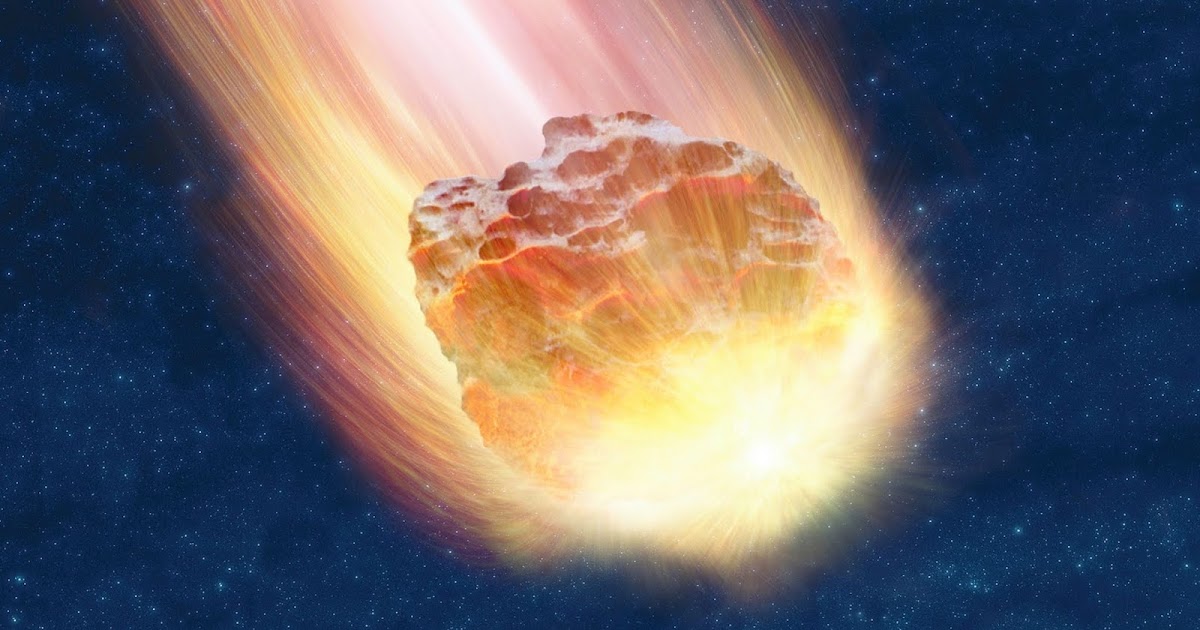Meteors are fascinating celestial phenomena that capture our imagination and curiosity. They are often referred to as "shooting stars" due to their bright streaks across the night sky. But what exactly are meteors, and how do they come to be? In this article, we will explore the science behind meteors, their origins, and their impact on our planet. Whether you’re an avid stargazer or simply curious about the universe, understanding meteors can deepen your appreciation for the cosmos.
Meteors have been the subject of folklore and scientific inquiry for centuries. The awe-inspiring sight of a meteor shower can invoke wonder and even inspire dreams of space exploration. But beyond their beauty lies a wealth of knowledge about our solar system and the materials that compose it. This article will delve into the different types of meteors, their characteristics, and their historical significance.
As we embark on this journey to uncover what is meteor, we will answer some common questions and provide insights into the life cycle of these celestial objects. From their formation to their eventual impact on Earth, meteors play a crucial role in our understanding of the universe. So, let's begin our exploration!
What is a Meteor and How Does it Form?
A meteor is the visible path of a meteoroid as it enters the Earth's atmosphere. When a meteoroid—typically a small fragment of an asteroid or comet—travels at high speeds (often tens of thousands of miles per hour), it encounters the atmosphere and begins to burn due to friction. This process creates the brilliant flash of light we see in the sky, which is known as a meteor.
What are the Different Types of Meteors?
Meteors can be categorized based on their origin and characteristics. The primary types of meteors include:
- Stony Meteors: Composed mainly of silicate minerals, these make up the majority of meteors.
- Iron Meteors: Made primarily of iron and nickel, these are rarer than stony meteors and can be quite dense.
- Stony-Iron Meteors: A combination of both stony and metallic elements, these meteors are less common.
What Causes Meteor Showers?
Meteor showers occur when the Earth passes through a trail of debris left by a comet. As the Earth orbits the sun, it encounters these particles, which then enter the atmosphere and produce a spectacular display of shooting stars. Some of the most famous meteor showers include the Perseids and the Geminids, which occur annually and can produce dozens of meteors per hour under ideal conditions.
What is the Historical Significance of Meteors?
Meteors have been observed and recorded throughout history. Ancient civilizations often interpreted meteors as omens or messages from the gods. For example, the Greeks associated meteors with divine intervention, while in China, they were considered symbols of impending change. Today, scientists study meteors to gain insights into the early solar system and the formation of planets.
How Do Meteors Impact Earth?
While most meteors burn up completely upon entering the atmosphere, some larger meteoroids can survive the journey and land on Earth as meteorites. These meteorites can provide valuable information about the composition of other celestial bodies and the history of our solar system. However, significant impacts from larger meteoroids can have catastrophic effects, as seen in events like the Tunguska event in 1908.
What Can We Learn from Meteorites?
Meteorites offer a unique opportunity for scientists to study the building blocks of the universe. By analyzing their composition, researchers can uncover clues about the formation of planets, the presence of water, and the potential for life beyond Earth. Meteorites have even been found to contain organic compounds, raising questions about the origins of life itself.
How Can You Observe Meteors?
If you're interested in witnessing meteors firsthand, there are several tips to enhance your meteor-watching experience:
- Choose the Right Time: Meteor showers are best viewed during their peak nights, which can be found online.
- Find a Dark Location: Head away from city lights to improve visibility.
- Be Patient: Allow your eyes time to adjust to the darkness for optimal viewing.
What Equipment Do You Need for Meteor Observation?
While meteors can be seen with the naked eye, some equipment can enhance your experience:
- Blanket or Chair: Comfortable seating can make for a more enjoyable experience.
- Binoculars or Telescope: Though not necessary, they can provide a closer view of celestial objects.
- Camera: Capture the beauty of meteors with long-exposure photography.
Where Can You Find More Information About Meteor Events?
For those interested in tracking meteor showers and celestial events, various resources are available. Websites like the American Meteor Society and NASA's meteor watch provide up-to-date information on upcoming meteor showers, viewing tips, and educational resources.
In conclusion, understanding what is meteor opens the door to a deeper appreciation of these celestial wonders. From their formation and types to their historical significance and the impact they can have on Earth, meteors are a captivating aspect of our universe. Whether you are a seasoned astronomer or a curious novice, the allure of meteors is sure to inspire and ignite a passion for the stars.
You Might Also Like
Eevie Aspen: The Rising Star Of Social Media And FashionUnraveling The Story Of Haleigh On The Daily Ex-Husband
Sunny WWE: The Rise And Fall Of A Wrestling Icon
From Monkey To Human Evolution: Unraveling The Journey Of Our Ancestors
Discovering Shakira's Height And Weight: The Secrets Behind Her Iconic Figure
Article Recommendations
- Bollyflix
- Rory Feek New Wife
- What Ethnicity Is Kari Lake
- Smokey Robinson And Family
- Is Kaitlan Collins Married
- Shawn Westover
- How Many Kids Does Blake Shelton Have
- Annalynne Mccord Husband
- Jose Altuve Married At 16
- Carrie Underwood Pregnant


